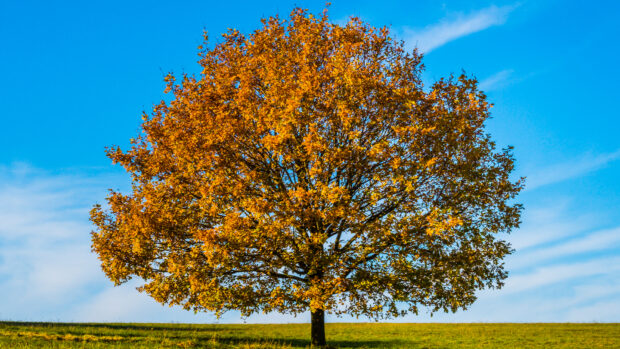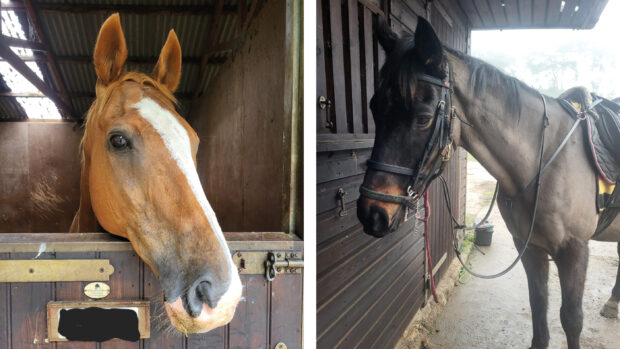Q: “Are sycamore seeds poisonous to horses? What signs should I look out for, how can I help avoid the issue of seasonal pasture myopathy and what is the prognosis for a horse who is poisoned by it?”
A: In recent years, sycamore seeds and, to a lesser extent, their leaves, have been found to contain the toxin hypoglycin A which, when eaten, causes seasonal pasture myopathy, which is also known as atypical myopathy. The toxin prevents energy being produced within muscle cells, causing muscle cells to die; the toxin particularly affects the muscles that enable the horse to stand and breathe, as well as the heart muscle. The amount of toxin present varies between seeds, even those from the same tree, and also from year to year, making it difficult to predict which horses will be affected.
Continued below…
Related articles:
- H&H forum: find out what H&H readers suggested
- Find out more about seasonal pasture myopathy
- Seasonal pasture myopathy: what you need to know NOW
The onset of the disease can be extremely rapid and, in some cases, horses may be found dead on the pasture. In the earlier stages of the condition, signs can include:
- lethargy
- dullness
- mild weakness or stiffness
- increased heart rate
- increased respiratory rate and difficulty breathing
- sweating
- muscle tremors
- difficulty swallowing
- choke
- excessive whinnying
- increased time lying down and difficulty rising
- dark red urine (due to muscle pigments being excreted in the urine)
- sudden collapse/death
The most important step is to prevent your horse from eating the sycamore seeds. To achieve this, you can:
- avoid grazing horses on high-risk during high-risk periods (autumn and spring)
- if complete avoidance is not possible, fence off areas with high numbers of seeds. Remember,
seeds can spread up to three times the height of the parent tree or even further in extreme
weather conditions - pick up/remove sycamore seeds from pastures
- provide supplementary feed and forage, especially if the pasture is poor
- decrease the amount of time horses are turned out for
- reduce the stocking density
- ensure horse have access to fresh drinking water and water troughs are not under sycamore
trees - ensure horse are vaccinated and regularly dewormed
- if a case of seasonal pasture myopathy is suspected/confirmed, grazing cohorts should be removed from the pasture and undergo further tests
Unfortunately, even with aggressive treatment, the survival rate for horses with seasonal pasture myopathy is only 20-25%. Once a horse becomes recumbent, the prognosis is very poor but those more mildly affected and those remaining alive five days after diagnosis can make a full recovery.
The severity of seasonal pasture myopathy cannot be overstated. If you have any concerns or suspect your horse may have the condition, contact your vet immediately.



